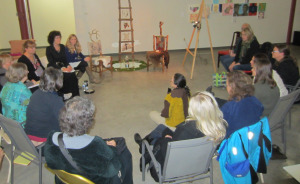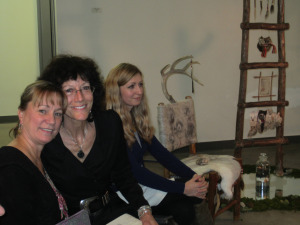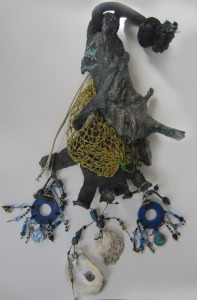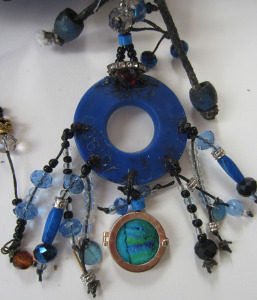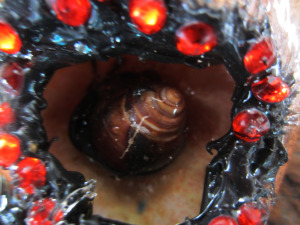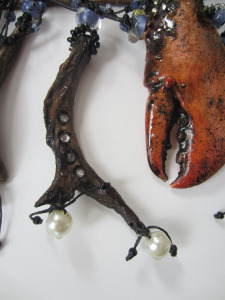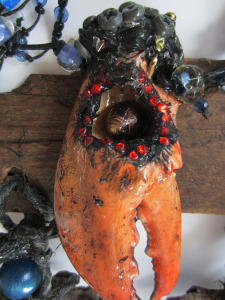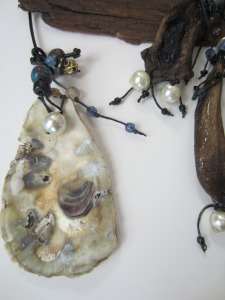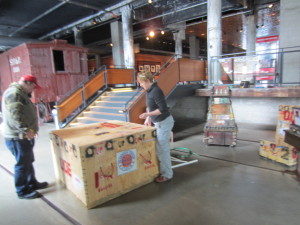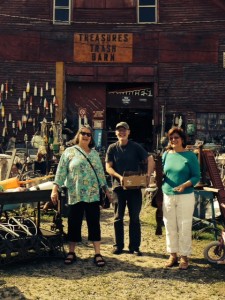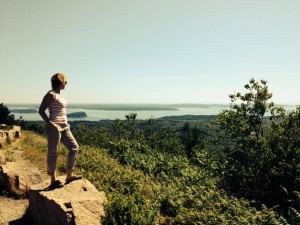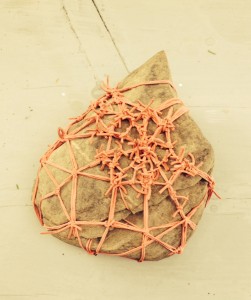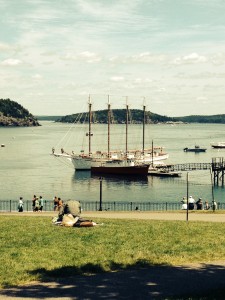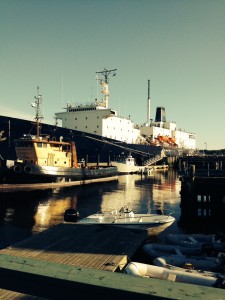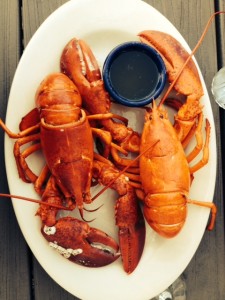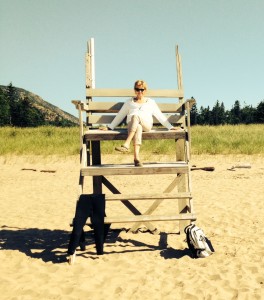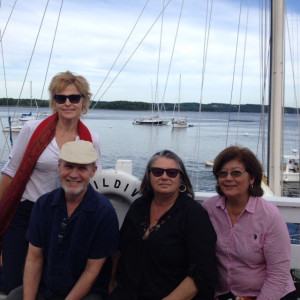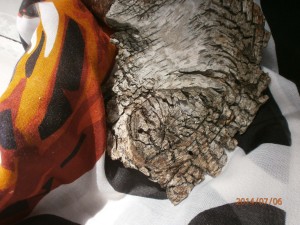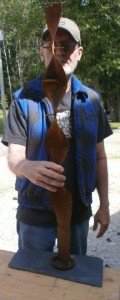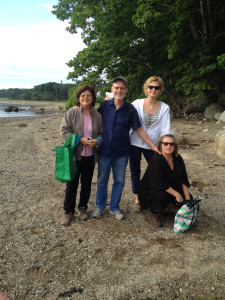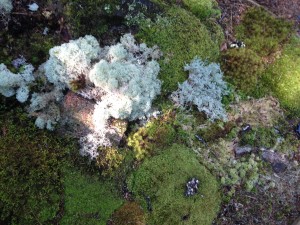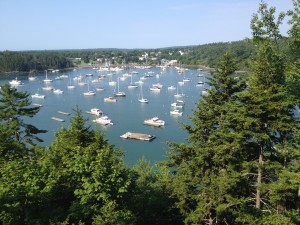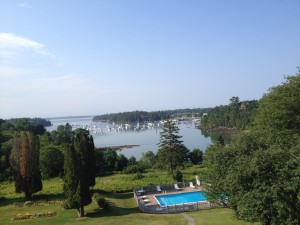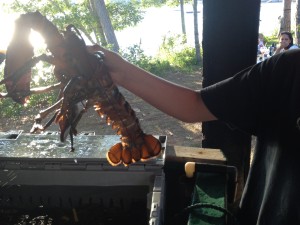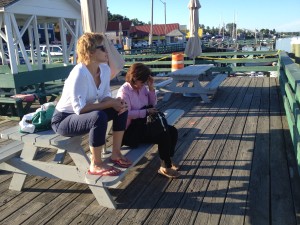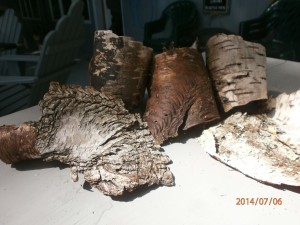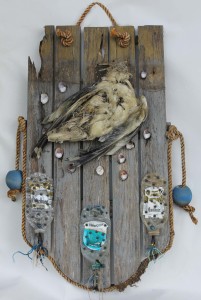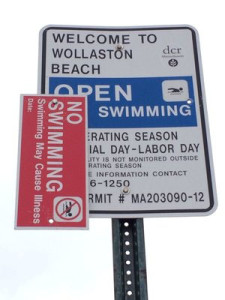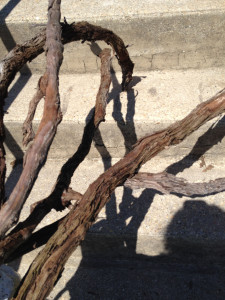Sunflower Project
Conception & Construction

I am almost retired. It is thrilling. It is terrifying. It is common to have transition anxiety when you voluntarily choose to leave your life’s work earlier than normal. What is normal? THAT, of course, could be a three credit class. Not a week goes by that someone does not ask, “Are you crazy? No one walks off on a full tenured professorial appointment at a state university?” I aspire to be one of the crazy ones. I am not there, but I aspire to be.
Joseph Campbell said, “You know it is time to retire when you get to the top of the ladder and discover you are on the wrong wall!!” I recently revisited the writings of Joseph Campbell at the recommendation of an artist I met at the artist talk of Marcie Soderman, a WARM mentor. Marcie introduced Ari Munzer to me at as an emeritus MCAD professor. Being an opportunistic data collector, I asked for any tips he might share to make my transition a joyful and positive experience. He suggested I create a ritual event to mark the beginnings of the next chapter of my life. The dialogue was so dynamic, I asked if we could meet to continue the discussions and he agreed! Jill Waterhouse, Rebecca Dudley (WARM sisters) and I met with Ari at Briarwood Cafe and then visited his studio where we viewed 50 years of work. What an experience-both cerebral and visual.
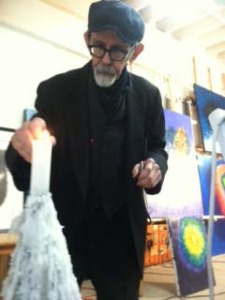 Ari shared many thoughtful insights but this one resonated with me in a powerful way.
Ari shared many thoughtful insights but this one resonated with me in a powerful way.
He cautioned me to beware of the “Baggage of the Absolute”. Academics fall prey to this danger because they often believe their truth is THE truth not A truth. How unendurably arrogant. I have long believed there IS no truth.
Ari lights this candle in his studio before he starts a painting session.
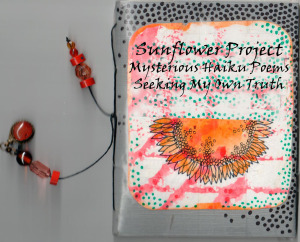 The Sunflower Project sunflower journal
The Sunflower Project sunflower journal
As I embark on my winter 2015 adventures working on my Found In Our Waters project in the Maine, The Florida Keys and Mexico, I will be planting a wild sunflower seed in every location where I have a meaningful experience. David Swarthout gave me the idea of seed planting- a metaphor for teachers and their seeds of knowledge. It takes a village ; /. I will wrap the seed in rice paper with a haiku poem created to commemorate that experience and record it in my Sunflower journal. I will enlist collaboration from people in those locations by encouraging them to record the growth of the seed and their own reflections and meditations on life, aging and transformation. Here is my first poem:
Sunflower Project
Mysterious Haiku Poems
Seeking My Own Truth
I am a weak writer. It will get better. Promise.

